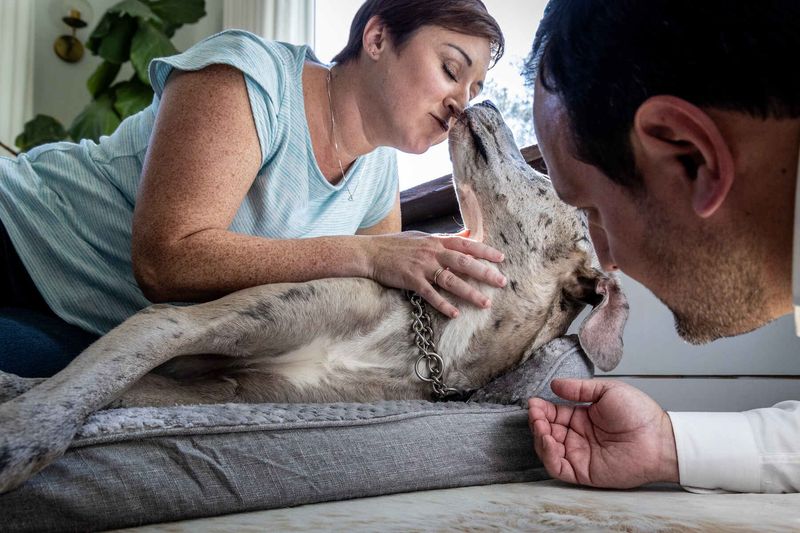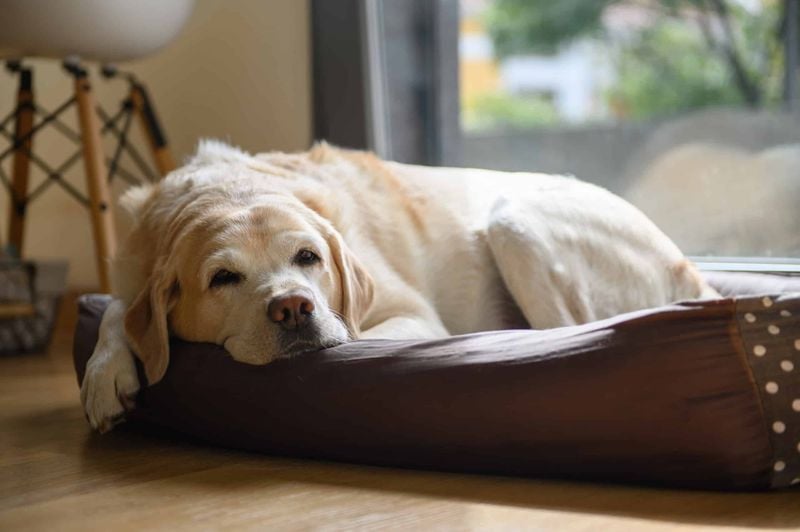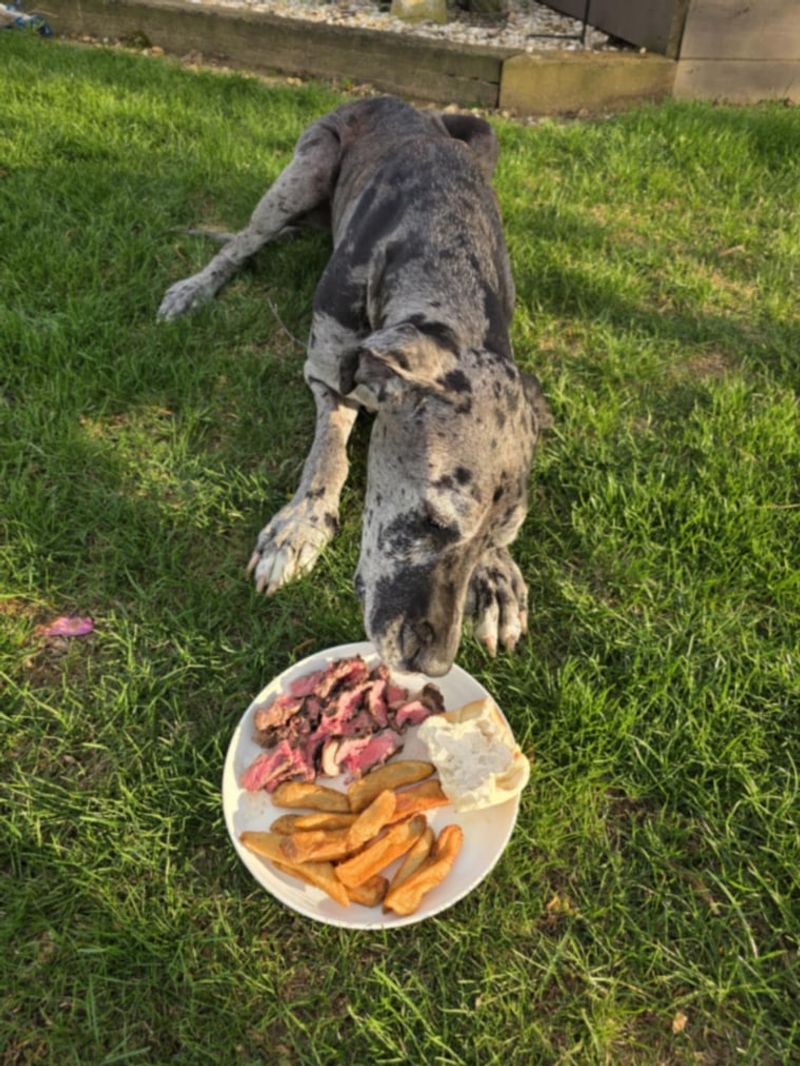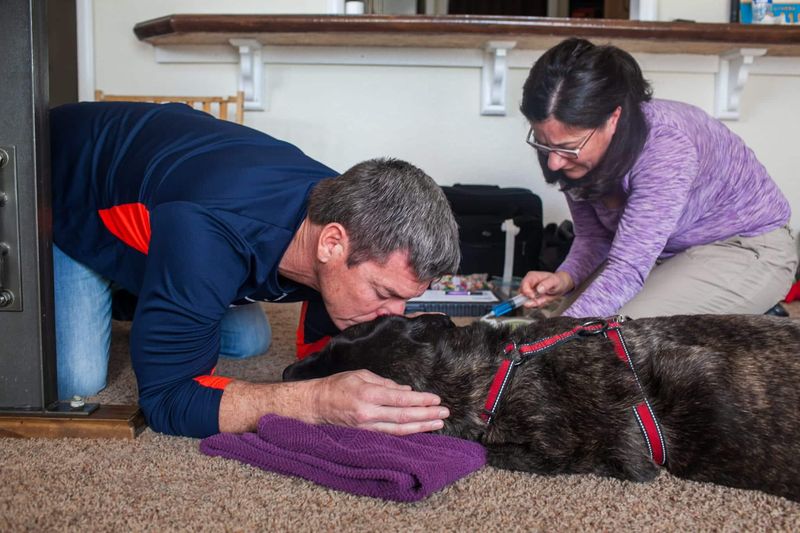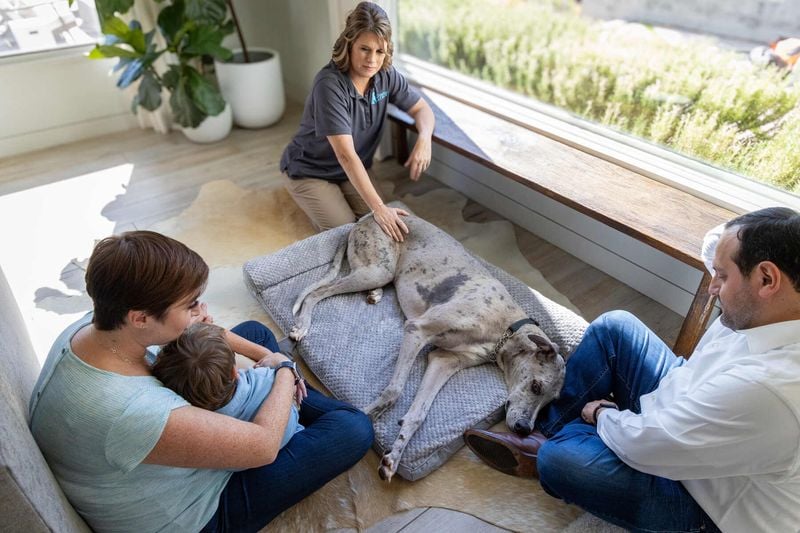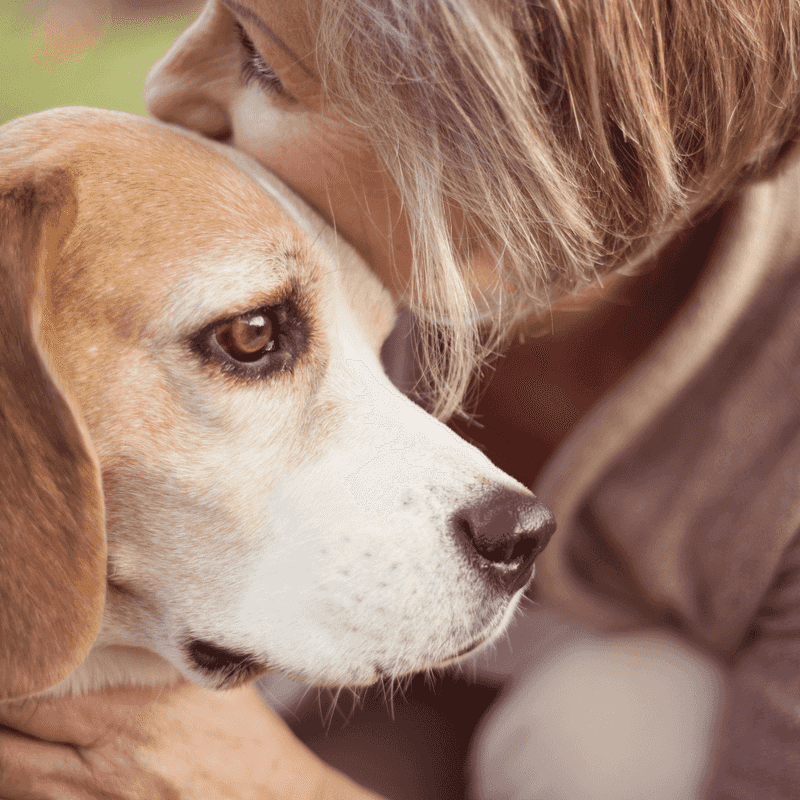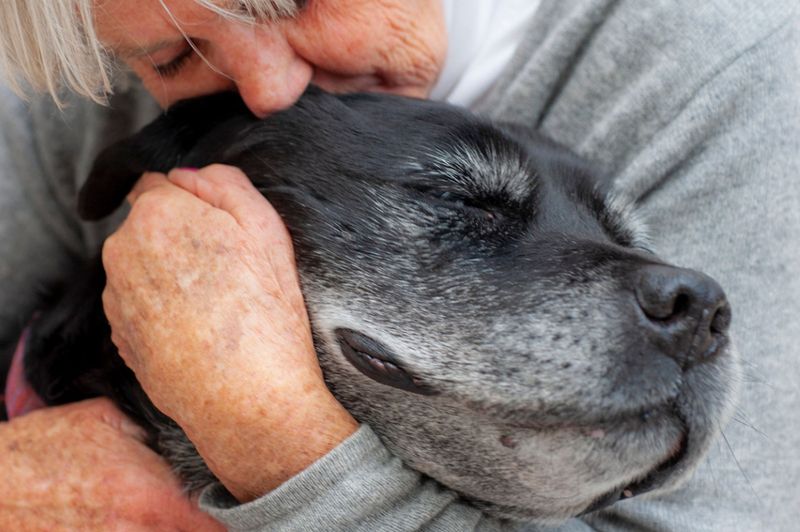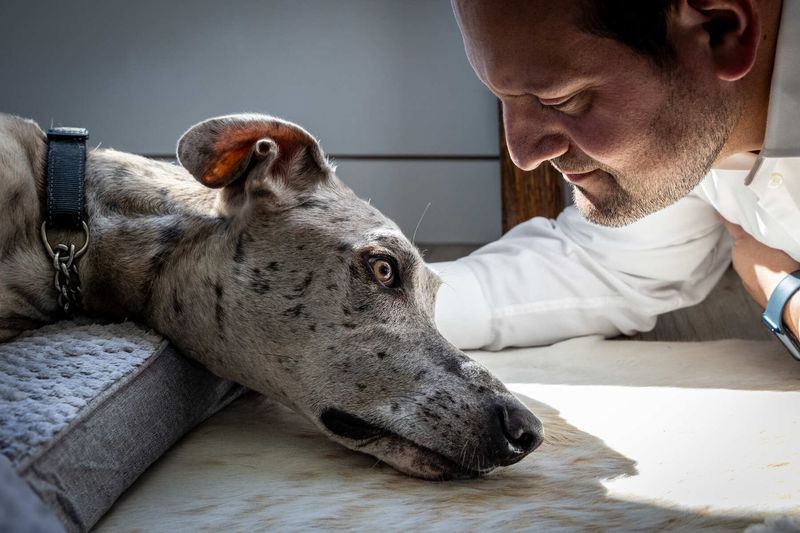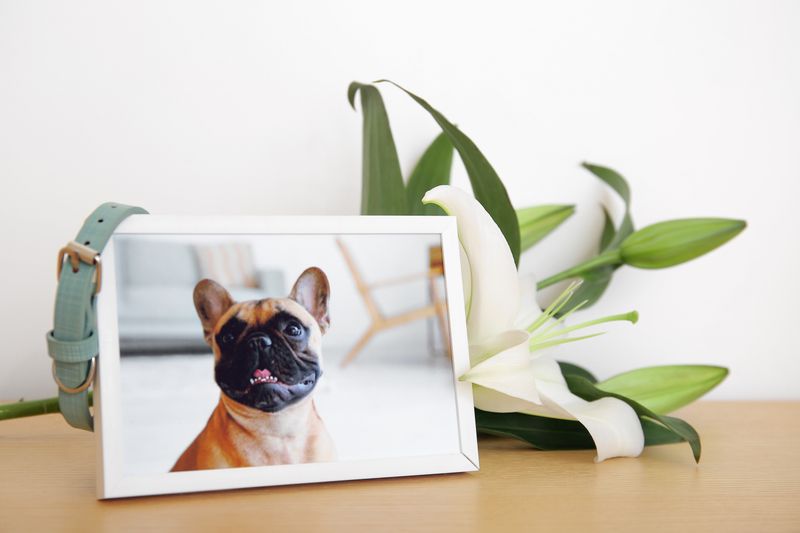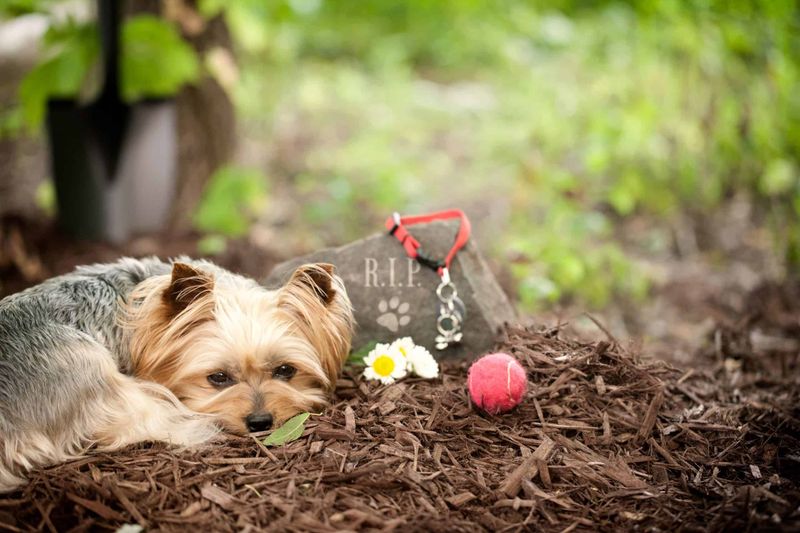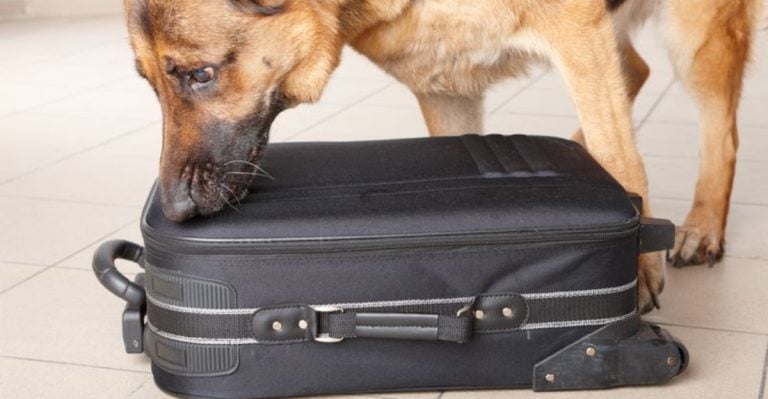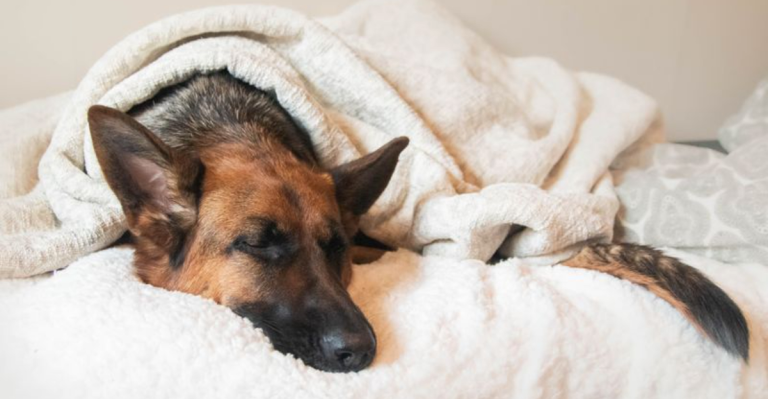13 Loving Things You Can Do to Give Your Dog a Peaceful Goodbye
Saying goodbye to a beloved dog is one of the hardest moments any pet owner faces. When the time comes to help your furry friend cross the rainbow bridge, providing comfort becomes our final act of love.
These thoughtful approaches can help make your dog’s transition peaceful while honoring the special bond you’ve shared throughout their life.
1. Stay Calm and Present
Dogs are incredibly intuitive and can sense our emotions. Your furry friend has always looked to you for security and comfort, and this moment is no different.
Take deep breaths and center yourself before the appointment. Your dog doesn’t understand what’s happening, but they understand your presence and love.
Remember that your calm energy helps them feel safe during this transition. It’s okay to cry, but try to maintain a peaceful demeanor that reassures your dog everything is alright.
2. Choose a Peaceful Setting
The environment makes a tremendous difference in your dog’s final moments. Many veterinarians now offer home visits for euthanasia, allowing your dog to remain in familiar surroundings.
If home euthanasia isn’t possible, bring familiar bedding and blankets to the clinic. Some veterinary practices have special comfort rooms designed to feel less clinical and more homelike.
Select a location where your dog feels most relaxed – perhaps their favorite spot in the yard, their cozy bed, or wherever they’ve always felt happiest and most secure.
3. Surround Them With Familiar Scents
A dog’s sense of smell is their primary connection to the world. Bringing items carrying comforting scents can significantly reduce anxiety during their final moments.
Their favorite blanket, bed, or toy carries familiar smells that have always meant safety and home to them. These familiar scents work like an invisible security blanket, helping keep them calm.
Consider using a dab of lavender essential oil in the room if your dog has previously responded well to it. Many dogs find this gentle scent naturally calming and soothing.
4. Offer Special Favorite Treats
If your dog still has an appetite and the veterinarian approves, their final day can include those special treats you normally reserve for rare occasions. This small joy can make a difficult day more loving.
Perhaps it’s a juicy hamburger, ice cream, or those expensive dog treats they always loved. Some owners create a special “last meal” with all their dog’s favorites.
Don’t worry about nutrition rules now – this is about comfort and joy. Just be mindful of portion sizes to prevent stomach upset during this sensitive time.
5. Provide Gentle Reassuring Touch
Physical contact provides immense comfort during your dog’s transition. The way you touch them matters – gentle, slow strokes in their favorite spots communicate safety and love.
Many dogs find ear rubs, chest scratches, or gentle belly rubs particularly soothing. Watch your dog’s body language to determine what type of touch brings them the most comfort in the moment.
Your familiar touch has always been a source of security for them. Maintaining this physical connection until the very end helps them feel protected and loved throughout the process.
6. Speak Loving Words From Your Heart
Your voice has been your dog’s anchor throughout their life. Though they may not understand the exact words, the familiar sound of your voice provides immeasurable comfort during this transition.
Share your favorite memories, tell them how much they’ve meant to you, or simply repeat phrases you’ve always used with them. The tone matters more than the content – keep your voice soft, loving, and reassuring.
Many owners find comfort in telling their dogs it’s okay to let go, giving them permission to pass peacefully when they’re ready.
7. Create a Circle of Love
Consider which family members or close friends should be present. Your dog deserves to be surrounded by their entire pack – the people who have loved them throughout their life.
Children should be included if they’re emotionally prepared and understand what’s happening. This can be an important part of their grieving process and teaches them about handling loss with dignity and love.
Sometimes, other household pets may want to be present too. Many animals understand death and benefit from seeing their companion rather than having them simply disappear.
8. Keep the Lighting Soft and Gentle
Harsh lighting can create anxiety for both you and your dog during this sensitive time. Dim lights or natural sunlight filtering through curtains creates a peaceful atmosphere that feels less clinical and more comforting.
If you’re at home, consider closing blinds partially to create soft, diffused light. Some owners light a special candle (safely placed) to create a warm, gentle glow in the room.
This thoughtful environmental touch helps create a sense of peace and tranquility during your dog’s transition, making the experience feel more like a loving farewell than a medical procedure.
9. Let Them Experience Your Scent
Your personal scent has always represented safety and love to your dog. During their final moments, being able to smell you provides tremendous comfort and security.
Position yourself so your dog can easily smell you – perhaps with their head near your chest or in your lap. Some owners wear an unwashed shirt or sweatshirt containing their natural scent.
If your dog seems anxious, gently breathing near their nose can help them focus on your familiar smell. This primal connection helps ground them in what has always meant home and safety throughout their life.
10. Time the Goodbye With Compassion
Deciding when to say goodbye requires honest assessment of your dog’s quality of life. Many veterinarians suggest tracking good versus difficult days, understanding that more bad days than good often signals it’s time.
Watch for signs they’re suffering – difficulty breathing, inability to stand or move comfortably, loss of interest in favorite activities, or refusing food and water. Trust your instincts – you know your dog better than anyone.
Remember that waiting too long often means your dog suffers unnecessarily. The greatest gift can be preventing that final decline into serious pain or distress.
11. Remain Present Until the Very End
The thought of witnessing your dog’s final moments might feel overwhelming, but your presence provides immeasurable comfort. Your dog has trusted you their entire life – being there at the end honors that trust.
Many veterinarians confirm that dogs often look for their owners if they leave the room. Your familiar face, voice, and touch helps them transition without fear or confusion.
If you absolutely cannot stay, ask a trusted friend who your dog knows well to be their companion. Your dog deserves to pass surrounded by love, not alone among strangers.
12. Create a Memory Ritual
Establishing a small ritual brings meaning to this difficult transition. Consider playing your dog’s favorite music softly in the background or reading a special poem or prayer that captures your feelings.
Some owners light a special candle that will later be lit on anniversaries to remember their pet. Others bring a special object that represents their bond with their dog – perhaps the first toy they ever played with together.
These meaningful gestures transform a medical procedure into a sacred farewell, honoring the significance of your dog’s life and your relationship together.
13. Give Yourself Permission to Grieve
The bond with a dog creates genuine love that deserves genuine grief when broken. Acknowledge that this loss is significant and worthy of your emotional response.
Some people feel embarrassed about deeply mourning a pet, but research confirms the grief for animal companions can be as intense as that for human relationships. Your feelings are valid and important.
Consider joining a pet loss support group, either online or in person. Connecting with others who understand this specific type of grief can provide tremendous comfort as you navigate life without your faithful companion.

